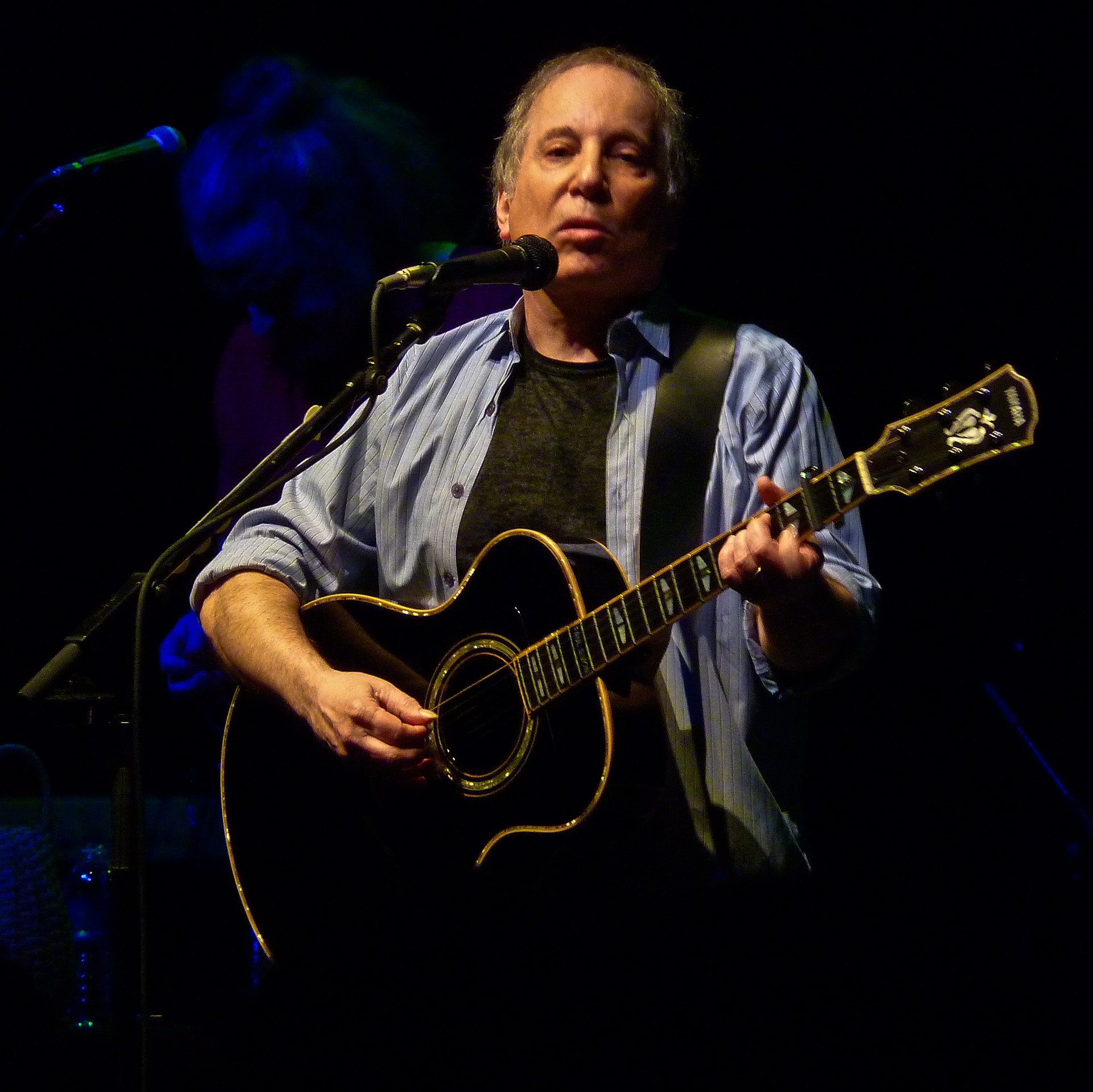
In 1970, Paul Simon wrote the song Bridge Over Troubled Waters which became Grammy

Song of the Year and a #1 hit in multiple countries. Since then, it has been performed by over 50 artists including such diverse stylists as Aretha Franklin, Johnny Cash and Andrea Bocelli. Each of these singers brought their own interpretation to the song; they made it their own. And each rendition delighted audiences.
Many centuries before, it was written that “what has been done will be done again; there is nothing new under the sun.”[1] There is a very fine line between plagiarism and novelty. Paul Simon acknowledged that his idea for the song was not original. He attributed the lyrical concept to a line in Claude Jeter’s 1959 Negro spiritual rendition of Mary Don’t You Weep which was written before the American Civil War and first performed in 1915. Simon’s musical arrangement was influenced by Bach and gospel music while the vocal style was influenced by the Beatles and the Righteous Brothers. How Simon & his partner Garfunkel combined and adapted all these influences resulted in a huge hit that inspired others after them.
Over time artists develop their own style. We are often able to immediately identify the artist by their style. We can instantly recognize the voices of Elton John, Tina Turner and Celine Dion. We could never confuse the soothing classical style of Brahms with that of Rachmaninoff, nor the contemporary styles of Andrew Lloyd Webber and Tim Rice with earlier Broadway greats like Rodgers and Hammerstein. Although both Annie Leibovitz and Yousef Karsh were legendary and roughly contemporary portrait photographers, it is impossible not to identify which photographs were taken by each. Streep, Hepburn, Morgan Freeman and Jack Nicholson each bring their unique presence to the screen. Their individual styles are the stuff that mimicry is made of. Woody Allen’s acting style is different from Robin Williams’. Gene Kelly’s style of dance is different from Barishnikov’s which is different from Bob Fosse’s. Why? How do our styles develop?
The art we produce or perform is influenced by what came before and what we have been exposed to. As art evolves over time, more options become available to us. Rock and roll appeared in the 1950s as a derivative of rhythm and blues, which derived from jazz and swing etc. It has been adopted and adapted by artists through to today. Poetry has grown from prehistoric African hunting poetry, through Homeric epics and Italian sonnets, a form adopted by Shakespeare, and onto free verse used by e.e. Cummings. Rap poetry, which developed from DJs entertaining the block party crowds during song breaks, merged rhyme with music to create something completely unique. But even within the genre, various rap performers have their own styles. In fine art, prior styles have always had an impact on emerging styles. How many of us try to adopt a looser, more impressionistic style in our paintings today? Whatever our chosen artistic pursuit, we live at a time where not only do we have a rich heritage as a resource for our artistic expression but the options are more easily accessible to us than at any time in history.
So what makes your style different from mine? How do we differentiate ourselves? I suggest it is a largely unconscious process of making choices and reacting to what is presented to us. We don’t so much go looking for a style as our style finds us through the myriad of subtle influences that resonate with us. It is our choice of influences and how we adapt those sources to our own need for expression. We draw from artists who have gone before us, taking what we like to move our creativity forward. What makes you download some music from iTunes or some photos to use as painting references and scroll through other possibilities with no interest? What moves us and what we allow to influence us feeds our spirit and develops our style.
As a musician, what type of music do you respond to? What chords appeal most for use as a vehicle for your own expression? As a painter, what medium seems appealing for a particular painting and what colours excite your imagination? As a wood turner or glass artist, what subject matter and shapes intrigue you and what level of detail do you like to put into your work? As a writer, do you prefer short pithy passages or long flowing prose, or maybe a combination of both? As a dancer, do you prefer long, elegant balletic movement or the rough and tumble of hip-hop or swing? We draw to us whatever appeals, whatever resonates, into our creative core and express it in our own way.
Because these choices are so personal, the resulting artistic expression – style – comes from the artist’s soul and can touch another human’s soul. I’ve heard technically much stronger renditions of the song You Are So Beautiful, but every time I hear Joe Cocker sing it, it moves me to tears.
As we explore, learn and grow as artists, we can be free to rely less on imitation and more on stylistic interpretation. We’ve probably heard the song you’re singing before. We’ve seen sunsets just like the one you are painting. We’re not so much interested in the subject matter but how you interpret it. We want to know something of you in your creation. We want your soul to touch ours. We want you to make it your own.
[1] Old Testament, Ecclesiastes 1:9